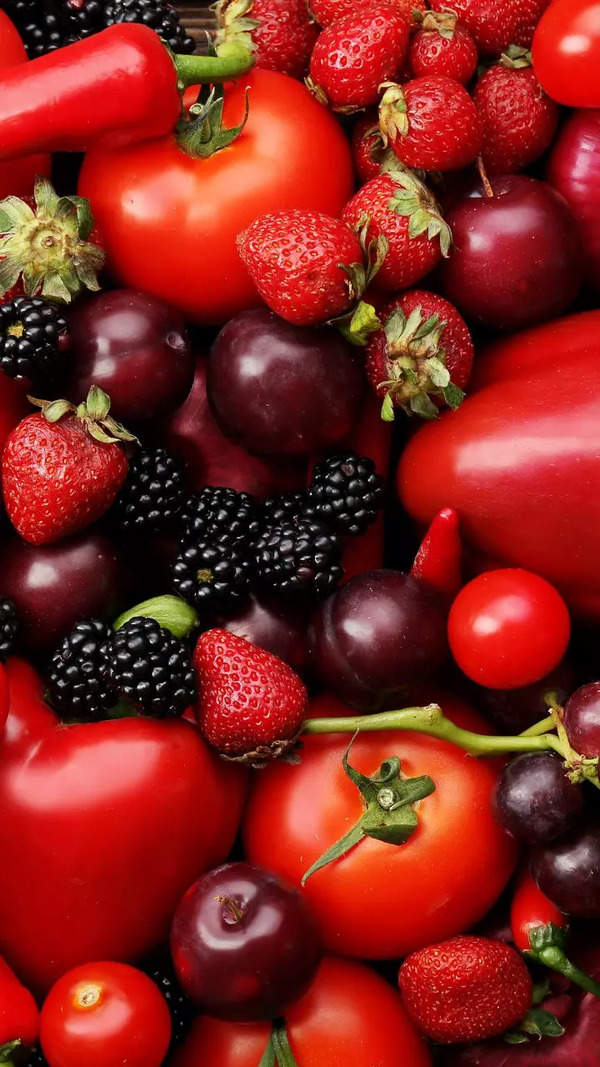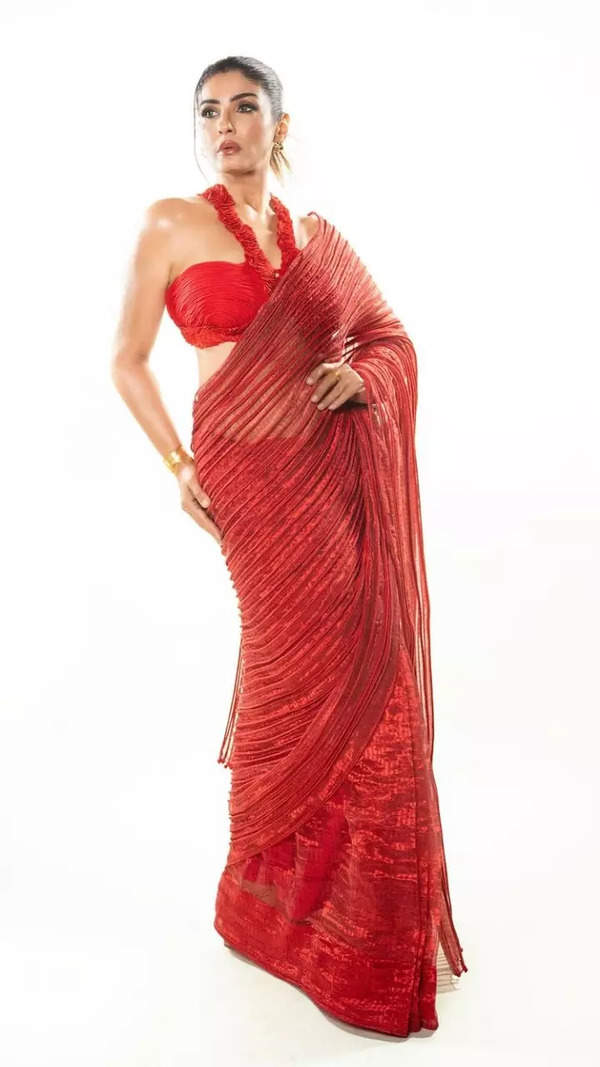- News
- lifestyle
- home-garden
- Diwali 2023 Rangoli Designs: 10 unique Rangoli designs made of rice flour
Trending
This story is from October 26, 2019
Diwali 2023 Rangoli Designs: 10 unique Rangoli designs made of rice flour
People create rangoli on the floor using materials such as colored rice, dry flour, colored sand or flower petals. But if you prefer to go traditional and make rangoli with the help of rice flour, here are some of the unique designs you can try this year.
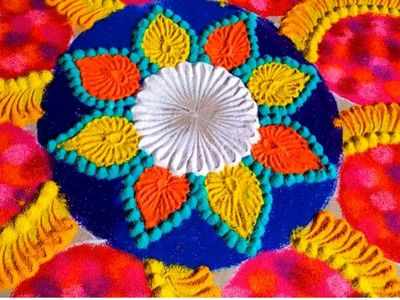
Rangoli is one of the most essential parts of Diwali celebrations and each year one tries to make an innovative rangoli to impress the guests and specially welcome goddess Lakshmi. People create rangoli on the floor using materials such as colored rice, dry flour, colored sand or flower petals. But if you prefer to go traditional and make rangoli with the help of rice flour, here are some of the unique designs you can try this year.
Making rangoli is an essential thing during the festival of Diwali. The tradition of rangoli goes back to ages and it was believed that rangoli was drawn to bring good luck and prosperity in the house. Apart from Diwali, rangoli is also made during Tihar, Onam, Pongal and other Hindu festivals in the Indian subcontinent. Designs are passed from one generation to the next, keeping the art form and tradition alive.










Circular rangoli attracts positivity and flower symbolises purity hence in temples and for auspicious occasions people make it from flowers.
Here are some tips to make a beautiful Rangoli with rice and pulses:
Add a 3D effect: Create a sense of depth and dimension by layering the pulses. For example, use larger pulses like chickpeas or kidney beans for the outer edges of the design, and gradually shift to smaller pulses or rice towards the center.
Create patterns within patterns: Break down larger sections of your design into smaller patterns. For instance, if your rangoli has a flower in the center, use different pulses to create intricate petal patterns within the flower.
Blend colors gradually: Experiment with blending colors smoothly. Instead of abrupt transitions, create gradients by mixing pulses of different colors. This technique works especially well for creating ombré effects or transitioning between two contrasting colors.
Nature elements: Enhance your rangoli by including natural elements like leaves, petals, or small twigs. Place these elements around the design to add a touch of nature and make your rangoli more visually dynamic.
Different kinds of pulses of various shades will not only make the pattern look beautiful but will also create a sense of excitement among the kids. Small pieces of cardboard can be used to make the rangoli and then can be placed on the ground. This kid rangoli design gives a very organic look.
Making rangoli is an essential thing during the festival of Diwali. The tradition of rangoli goes back to ages and it was believed that rangoli was drawn to bring good luck and prosperity in the house. Apart from Diwali, rangoli is also made during Tihar, Onam, Pongal and other Hindu festivals in the Indian subcontinent. Designs are passed from one generation to the next, keeping the art form and tradition alive.
Here are 10 unique designs to get you inspired and brighten up your Diwali decorations.
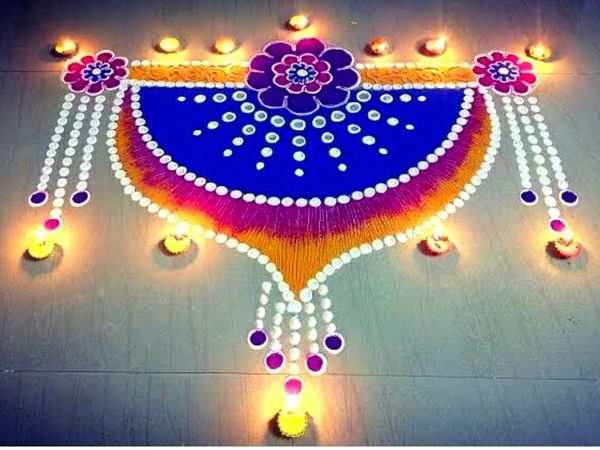
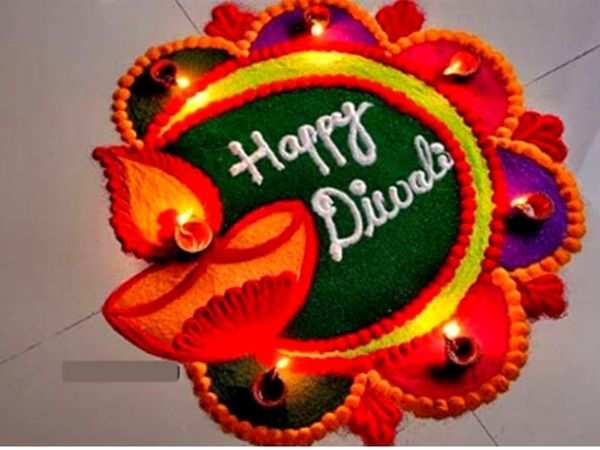
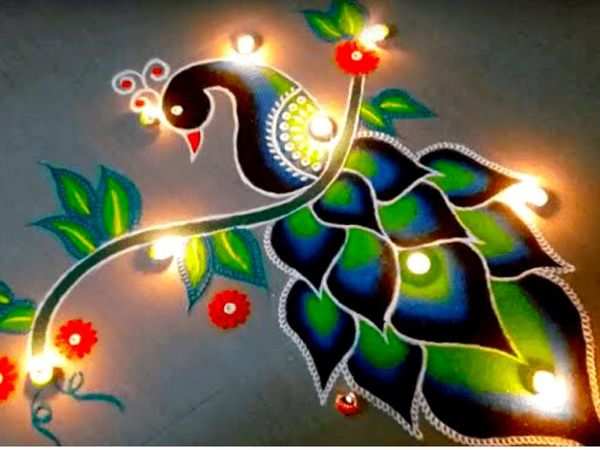
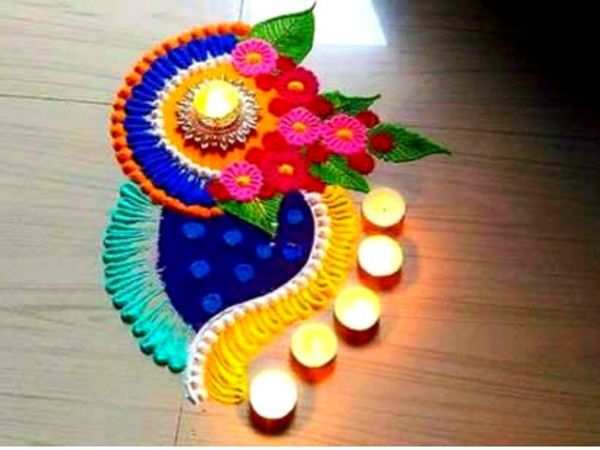
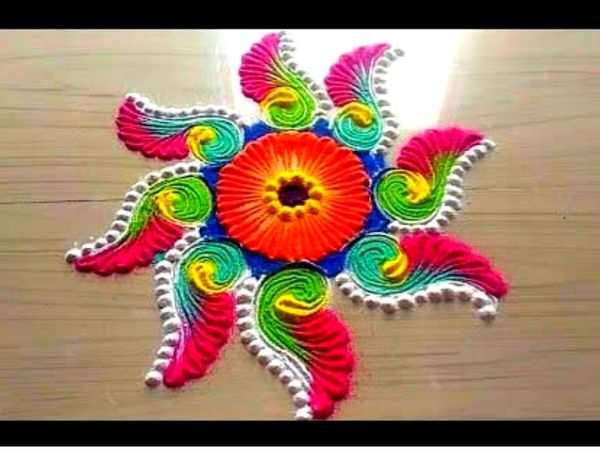
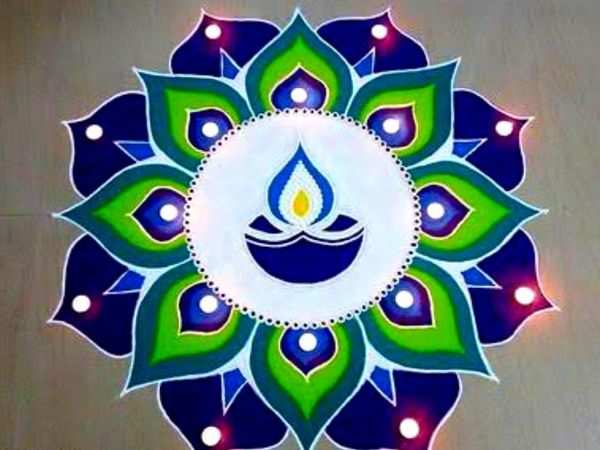
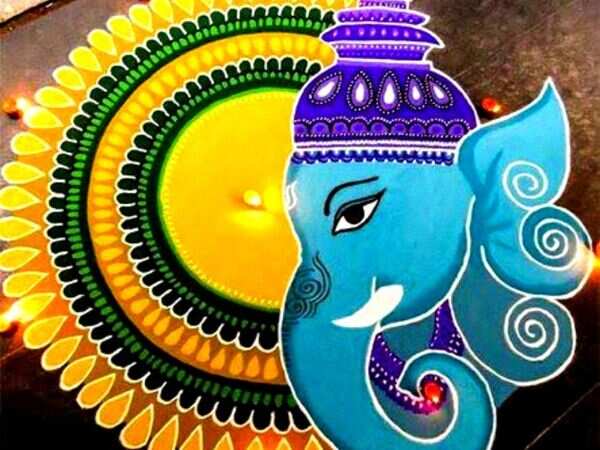

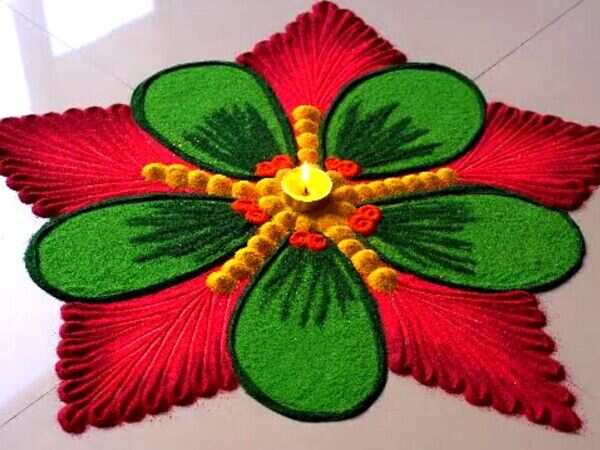
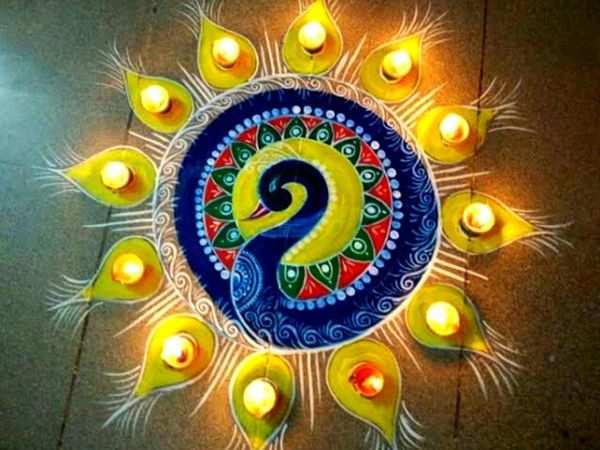
Circular rangoli attracts positivity and flower symbolises purity hence in temples and for auspicious occasions people make it from flowers.
Here are some tips to make a beautiful Rangoli with rice and pulses:
Add a 3D effect: Create a sense of depth and dimension by layering the pulses. For example, use larger pulses like chickpeas or kidney beans for the outer edges of the design, and gradually shift to smaller pulses or rice towards the center.
Create patterns within patterns: Break down larger sections of your design into smaller patterns. For instance, if your rangoli has a flower in the center, use different pulses to create intricate petal patterns within the flower.
Blend colors gradually: Experiment with blending colors smoothly. Instead of abrupt transitions, create gradients by mixing pulses of different colors. This technique works especially well for creating ombré effects or transitioning between two contrasting colors.
Nature elements: Enhance your rangoli by including natural elements like leaves, petals, or small twigs. Place these elements around the design to add a touch of nature and make your rangoli more visually dynamic.
Different kinds of pulses of various shades will not only make the pattern look beautiful but will also create a sense of excitement among the kids. Small pieces of cardboard can be used to make the rangoli and then can be placed on the ground. This kid rangoli design gives a very organic look.
End of Article
FOLLOW US ON SOCIAL MEDIA


